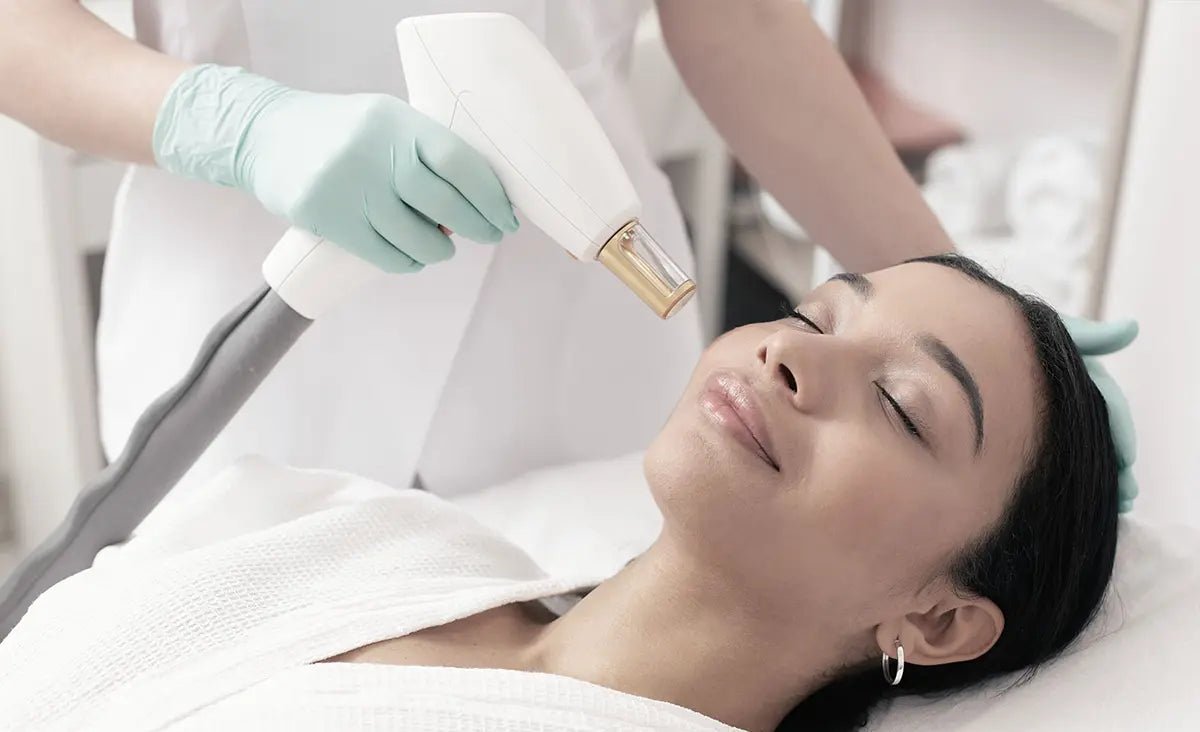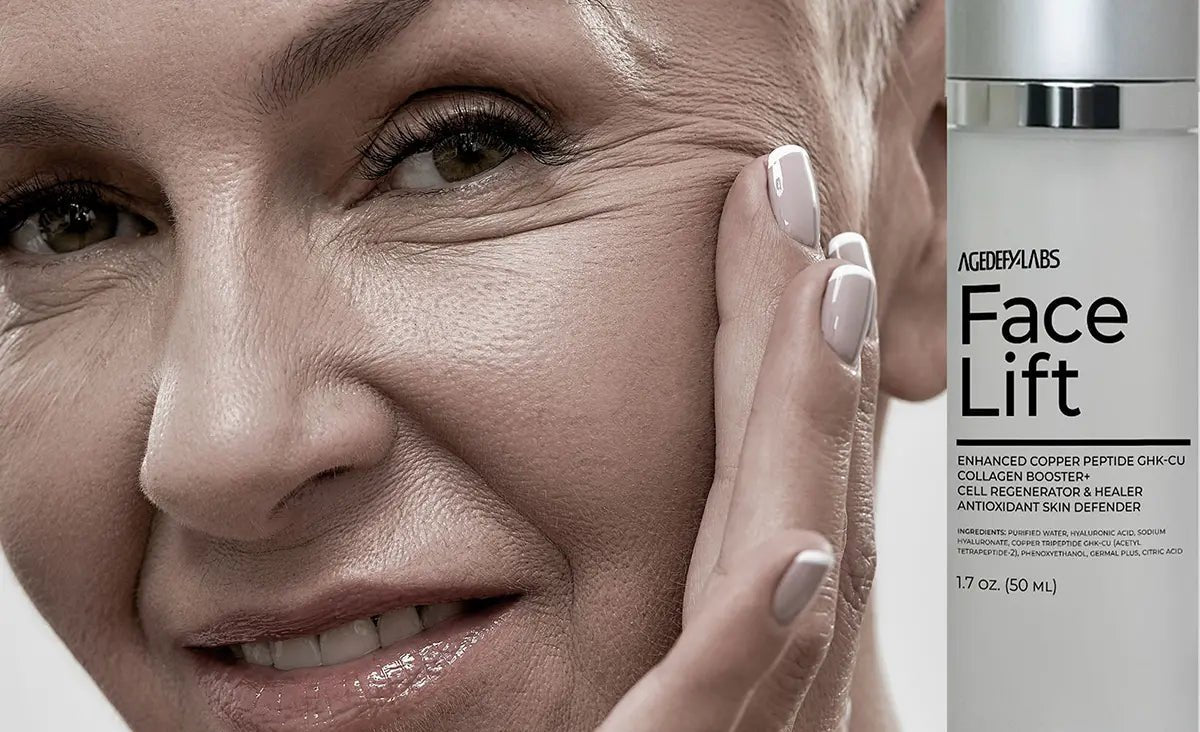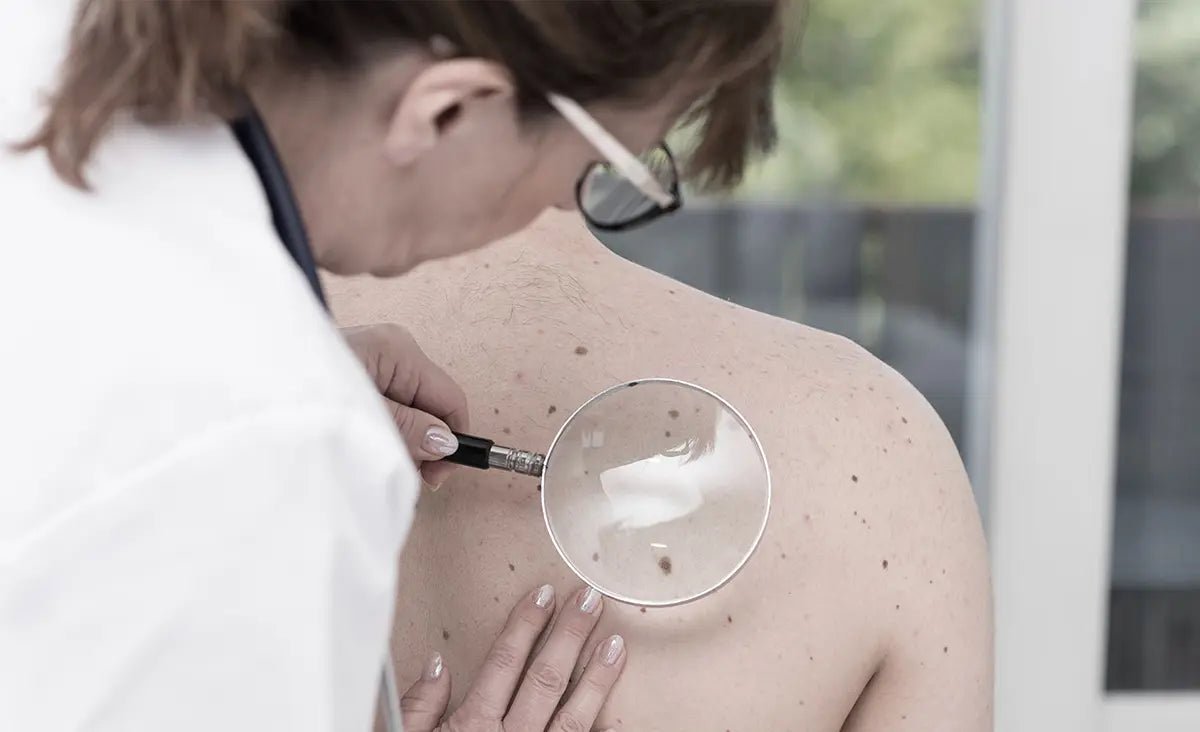Peptides are popular in skincare for their anti-aging and skin-repair benefits, but when it comes to skin cancer spots, there’s some confusion about their effectiveness. Let’s explore whether peptides can play a role in addressing skin cancer spots and what they actually do for your skin. Plus, what about moles? Understanding the difference between skin cancer spots and moles is essential for proper skin care and health.
Can Peptides Treat Skin Cancer Spots?
While peptides are excellent for boosting collagen, supporting skin barrier function, and reducing inflammation, they are not designed to treat or reverse skin cancer. Skin cancer results from DNA mutations in skin cells, often due to UV damage. Treating skin cancer usually requires medical intervention like surgical removal, radiation, or topical medications specifically targeted at eradicating cancer cells.
Peptides can support skin health in other ways:
• Post-Treatment Support: After skin cancer treatments, peptides may aid in recovery by promoting skin repair and minimizing scarring. For example, copper peptides are known for their wound-healing properties, which can help improve the skin’s appearance post-surgery.
• General Skin Health: Certain peptides have antioxidant properties that help protect the skin from oxidative stress, which is a contributing factor in UV damage. However, peptides alone are not sufficient to prevent or treat skin cancer.
What About Moles? Can Peptides Help with Them?
Moles are clusters of pigmented cells that often appear as small, dark spots on the skin. Most moles are harmless, but they can sometimes be an early indicator of skin cancer, particularly melanoma. It’s important to monitor moles for changes, as alterations in size, shape, or color could indicate a need for medical evaluation.
What Are Moles, and Should You Be Concerned?
Moles are generally benign and can develop anywhere on the skin. They are usually caused by an increase in melanocytes, the cells responsible for skin pigmentation. While most moles are harmless, some may change over time due to factors like sun exposure or hormonal changes.
You should consult a dermatologist if a mole exhibits the following characteristics, often remembered by the acronym ABCDE:
• Asymmetry: One half of the mole does not match the other.
• Border: The edges are irregular, ragged, or blurred.
• Color: The mole has multiple colors or an uneven distribution of color.
• Diameter: The mole is larger than 6mm (about the size of a pencil eraser).
• Evolving: The mole changes in size, shape, or color over time.
While peptides can improve overall skin appearance, they cannot remove or alter moles. Peptides are great for hydration, collagen support, and anti-aging but do not have the capacity to prevent or treat skin cancer or modify moles. If you have concerns about any moles, consult a dermatologist for a professional assessment and possibly a biopsy.
Are Peptides Effective for Skin Cancer Prevention?
There’s no strong evidence to support peptides as a preventive measure for skin cancer. They can play a role in maintaining general skin health, but for skin cancer prevention, the most effective strategies include wearing broad-spectrum sunscreen, avoiding excessive sun exposure, and regularly checking your skin for any unusual changes.
Final Thoughts
While peptides offer significant benefits for anti-aging and skin health, they are not a treatment for skin cancer spots or moles. If you’re concerned about potential skin cancer spots or have questions about moles, always seek the advice of a qualified dermatologist. In the meantime, peptides can be a valuable addition to your skincare routine for overall skin health, but they are best paired with sun protection and regular skin checks to keep your skin looking and feeling its best.
Read more

Microdermabrasion and laser treatments are popular skincare options for rejuvenating the skin, improving texture, and addressing issues like pigmentation and fine lines. But with the growing trend ...

The peptide GHK-Cu (Copper Tripeptide-1) has been making waves in the world of skincare and hair care due to its regenerative properties. Originally discovered in the 1970s by Dr. Loren Pickart, GH...



Leave a comment
This site is protected by hCaptcha and the hCaptcha Privacy Policy and Terms of Service apply.